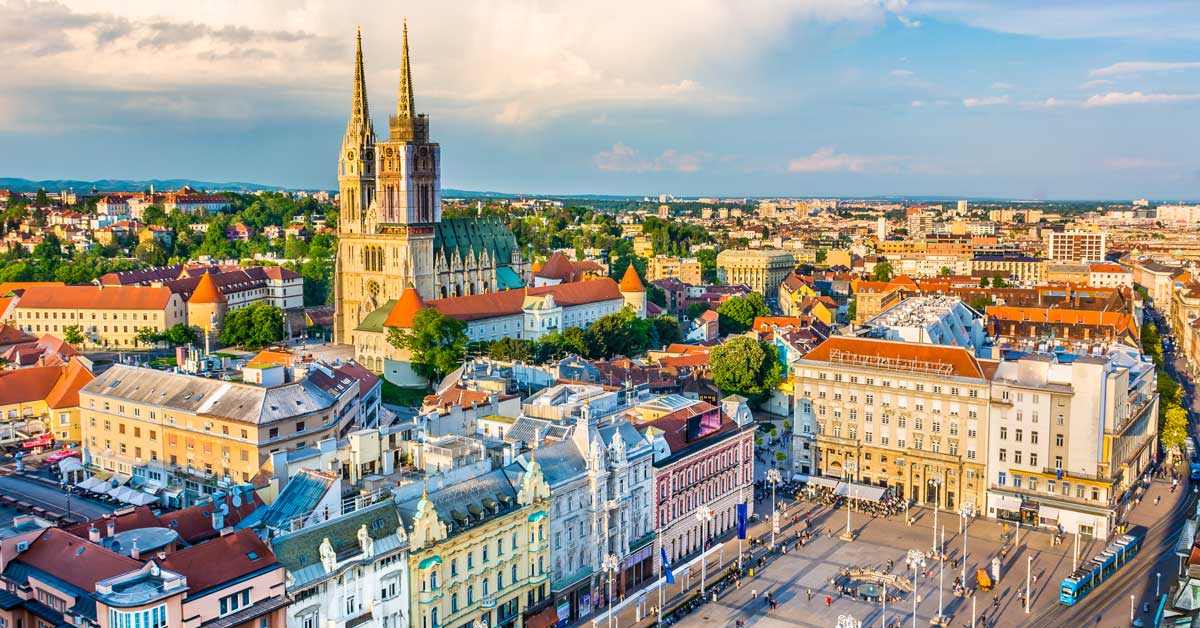Interested in Croatian real estate? You’re not the only one. Croatia’s home prices remain pointed steadily upward, thanks to a combination of scant inventory and swelling demand.
The country — one of seven nations that arose from the dissolution of Yugoslavia — has rebounded from the harsh impact of the global financial crisis of 2008. Economic growth was negative or flat every year from 2009 to 2014, according to the CIA World Factbook, and Croatia’s 12% gross domestic product loss during that time frame was the largest economic retreat of any European country except for Greece. Developments such as joining the European Union (EU) in 2013, however, have led to a small but solid bounce back, with 2.6% economic growth in 2018, the World Bank reported.
Similar economic growth is expected over the next two years, so interest in Croatian real estate is high. Last year, the number of new homes sold in the country expanded by 18.6% from 2017, while home prices nationwide increased by 4.7% in 2018 after a 7.6% jump in 2017, according to the Global Property Guide.
In the capital city of Zagreb, prices are surging even more. Home-sales transactions there make up more than 45% of the country’s total, with the city’s home-price index jumping 8.5% in 2018. Residential-property prices on Croatia’s Adriatic Coast, where the country’s strong seasonal tourism industry is concentrated, also has shown some strength, growing by 4.4% annually in 2018.
Colliers International expects apartment prices in those locations to remain on a northward trajectory, as long as Croatia’s economy continues to stabilize. The need for permanent residences is high, Colliers reported, so there is opportunity for shrewd investments.
Appealing returns propelled Croatia’s commercial real estate transaction volume above 800 million euros in 2018, Colliers reported, more than double the volume of 2017. Increased access to funds is spurring investments, with retail expansions driven by growing consumer spending. Croatia’s tourism hotspots are attracting attention from hotel investors.
Fledgling but growing demand also exists for new Class A office space in Zagreb, with workplace quality becoming a key factor in attracting employees in an increasingly competitive labor market. The average Class A office rent in Zagreb stood at 12 euros per square meter in 2018, Colliers reported, with the overall office vacancy rate at 4.5%, although the real estate services company expects the vacancy level to rise given the delivery of some large construction projects this year.
One thing to consider for foreign investors looking for a piece of Croatia’s real estate pie: The right of non-EU foreign nationals to purchase property varies. Although citizens of other EU countries can buy real estate, eligibility in other nations depends on reciprocity agreements between Croatia and the buyer’s place of citizenship. The U.S. maintains one such presumption of reciprocity, but approval from the Croatian government is mandatory for Americans to acquire property.






